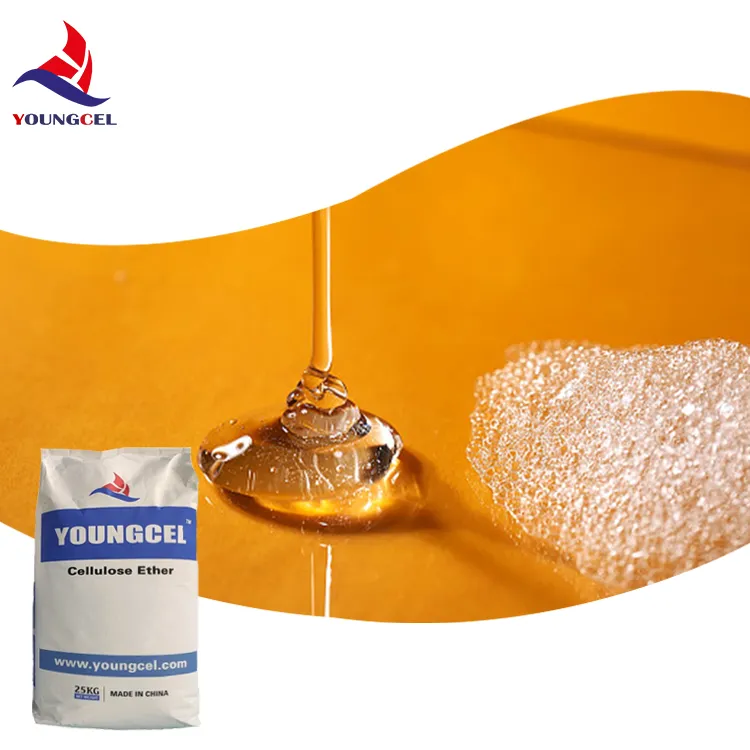The Role of Adhesive Mortar in Modern Construction
Adhesive mortar, an essential product in contemporary construction, plays a crucial role in the adhesion and structural integrity of various building materials. As the industry evolves, so does the technology behind adhesive mortars, leading to the development of formulations that enhance both performance and application. This article discusses the significance of adhesive mortar, its composition, uses, and the advantages it offers in construction projects.
Understanding Adhesive Mortar
Adhesive mortar is a type of mortar designed to bond different materials together, notably in tile installation and stone setting. Unlike traditional cement-based mortars, adhesive mortars are usually formulated with a combination of polymers, additives, and aggregate materials that significantly enhance their properties. These mortars are designed to provide superior adhesion, flexibility, and durability, making them suitable for a wide range of applications.
Composition of Adhesive Mortar
The primary components of adhesive mortar include
1. Cement The base ingredient that provides strength and durability. 2. Aggregates Fine particles that improve workability and consistency. 3. Polymers Synthetic materials that enhance adhesion and flexibility. The incorporation of polymers allows for better crack resistance and increases the overall longevity of the bond. 4. Additives Various chemical agents are added to improve specific properties, such as water retention, open time, and curing speed. For instance, water-retaining agents ensure that the mortar remains workable for a longer period, allowing for extended application times.
Applications of Adhesive Mortar
adhesive mortar

Adhesive mortars are predominantly used in
1. Tile Installation The most common application, where adhesive mortar securely bonds ceramic, porcelain, or natural stone tiles to surfaces. The enhanced adhesion reduces the risk of tiles cracking or popping off over time. 2. Wall and Facade Systems In external applications, adhesive mortars bond insulation panels and cladding materials, providing energy efficiency and aesthetic appeal. 3. Precast Concrete Elements Adhesive mortars are also used in assembling precast components, ensuring a robust and reliable joint between elements. 4. Flooring The formulation of adhesive mortars allows for bonding various types of flooring materials, including vinyl, laminate, and wood.
Advantages of Using Adhesive Mortar
The use of adhesive mortar provides several distinct advantages
1. Superior Bonding Strength The innovative formulations offer heightened adhesion over traditional mortars, thereby ensuring that materials remain securely attached under varying conditions. 2. Flexibility and Crack Resistance The polymer additives provide flexibility that absorbs stress, making adhesive mortar particularly advantageous in environments that experience temperature fluctuations and movement. 3. Ease of Application Many adhesive mortars come ready-to-use or require minimal mixing, simplifying the installation process for contractors and DIY enthusiasts. 4. Time Efficiency Enhanced setting times allow for faster project completion, as adhesive mortars can often facilitate quicker installation of materials.
Conclusion
Adhesive mortar has revolutionized the construction industry by providing reliable bonding solutions for a variety of materials. Its innovative formulations offer numerous benefits, making it an essential component in modern building practices. As construction techniques continue to evolve, the role of adhesive mortars will undoubtedly expand, helping to meet the demands of sustainability, efficiency, and versatility in the built environment. Whether in residential, commercial, or industrial projects, adhesive mortar is a vital ingredient in achieving durability and aesthetic appeal, ensuring structures not only stand the test of time but also enhance their surroundings.
-
Factory Sale Construction Grade MHEC Cellulose Ether for PaintNewsAug.29,2025
-
Rdp Powder Bonding Strength Enhancement in Tile AdhesiveNewsAug.28,2025
-
Hydroxypropyl Methyl Cellulose Water Retention in Cement MortarNewsAug.28,2025
-
Hpmc Detergent Grade Foam Stability in Liquid SoapsNewsAug.28,2025
-
Construction Adhesive HPMC Water Retention for Tile BondingNewsAug.28,2025
-
Chemical Auxiliary Agent HPMC Thickening in Wall PuttyNewsAug.28,2025




